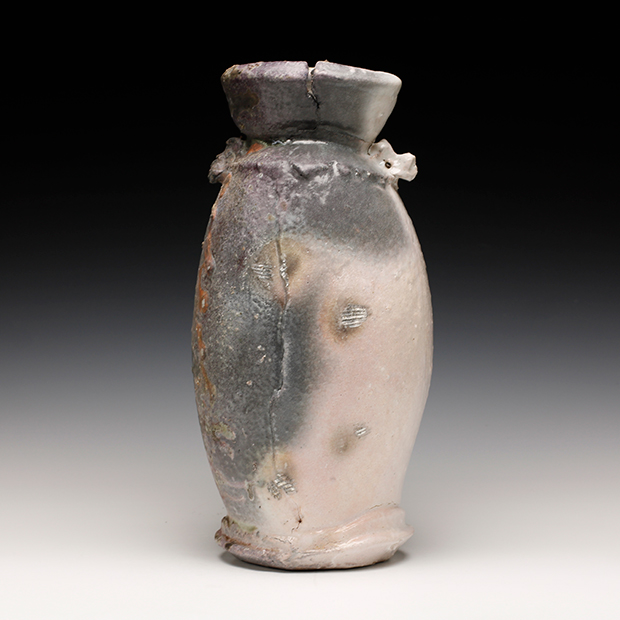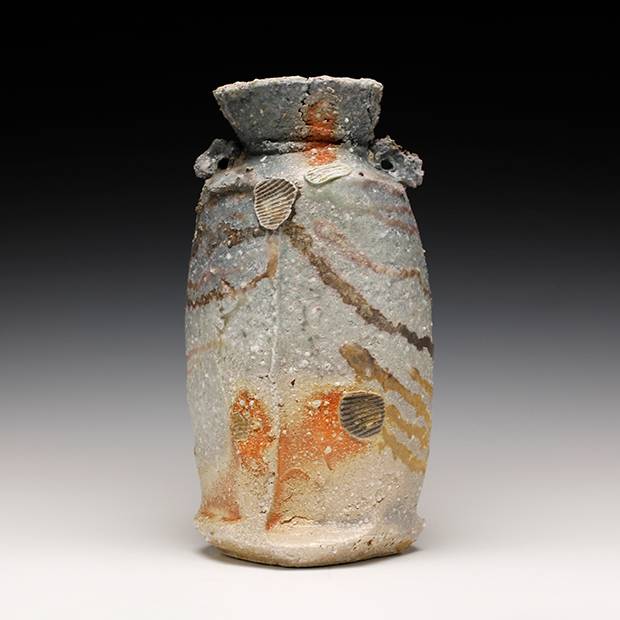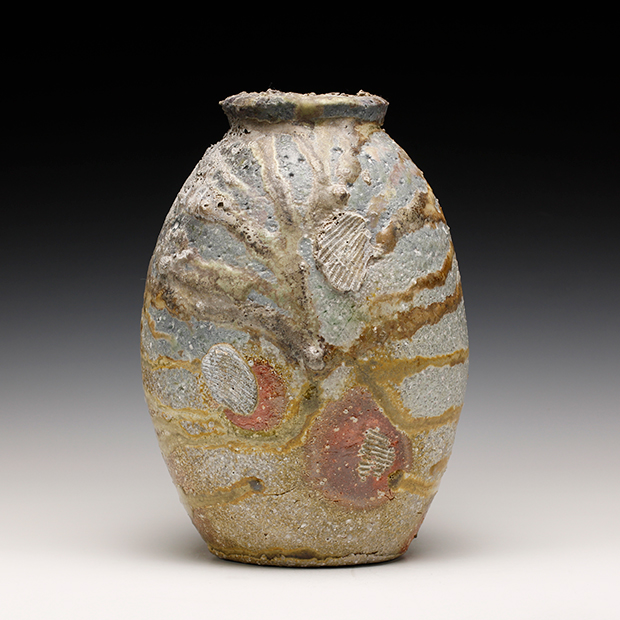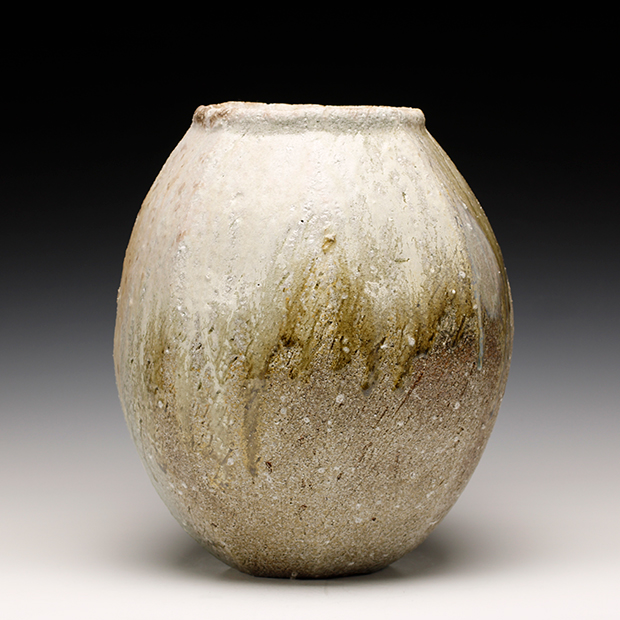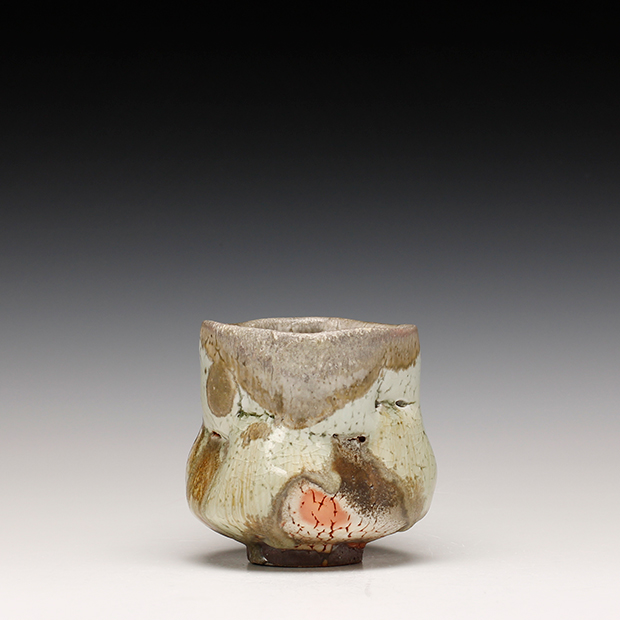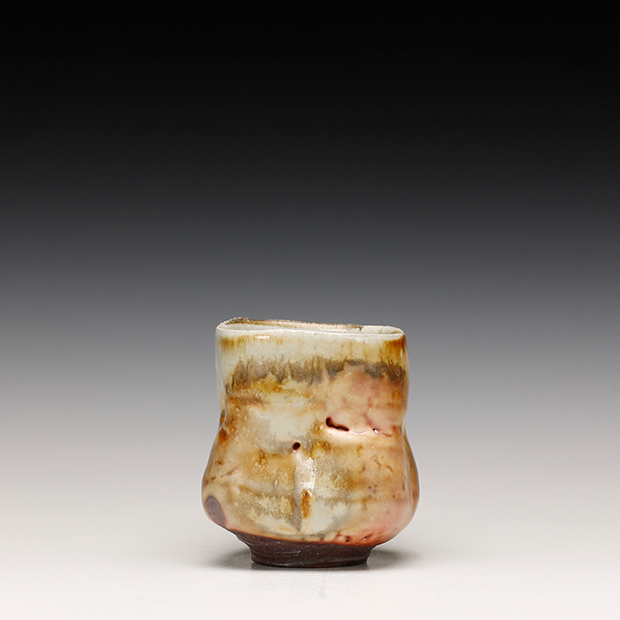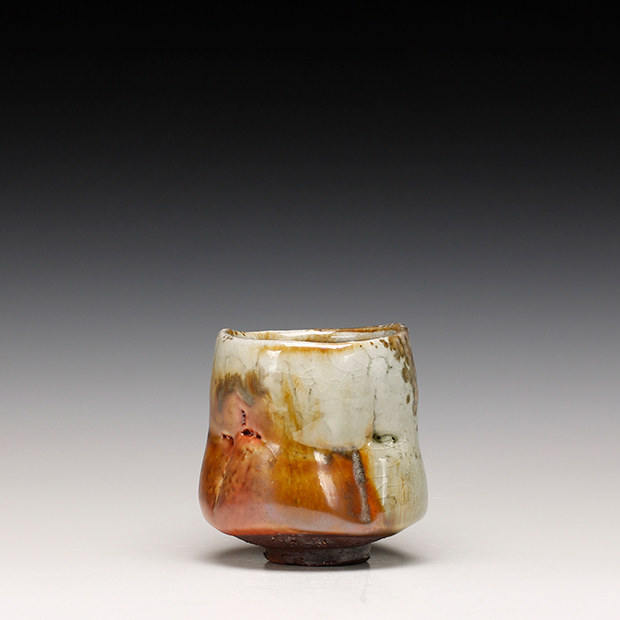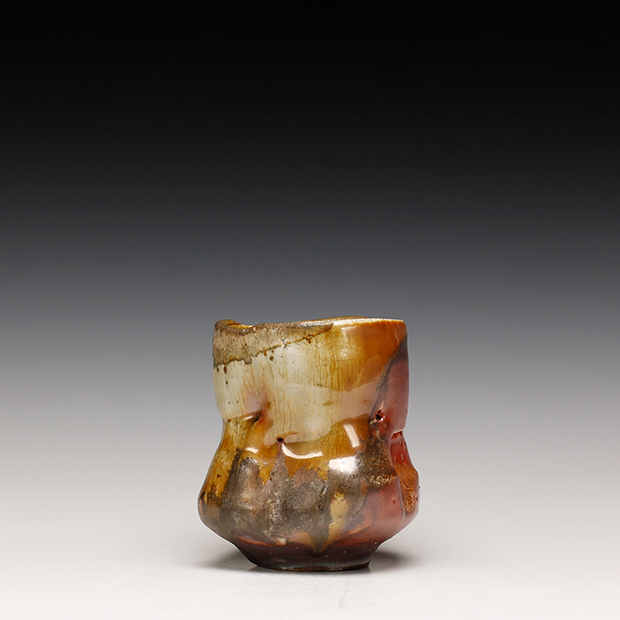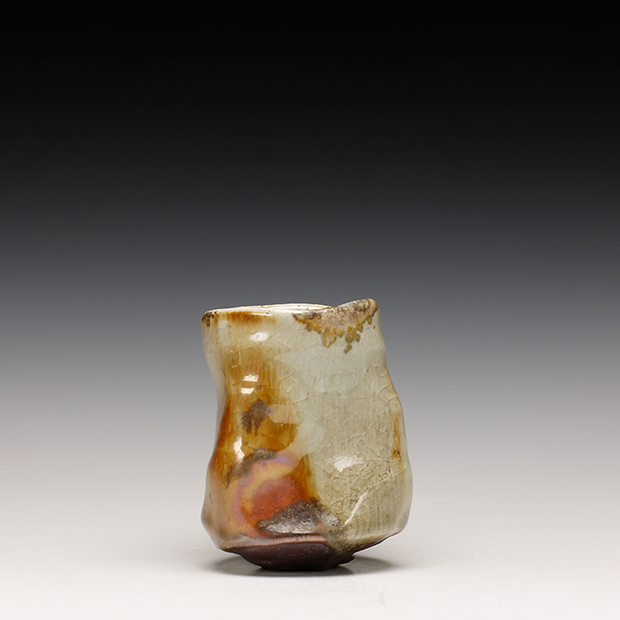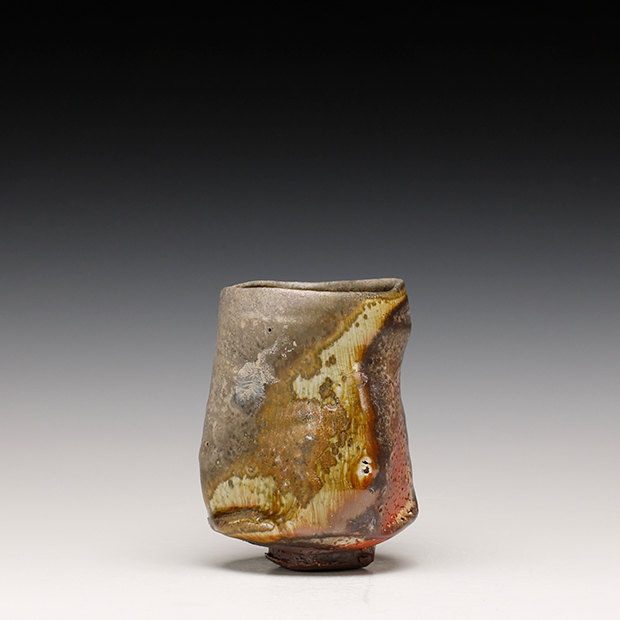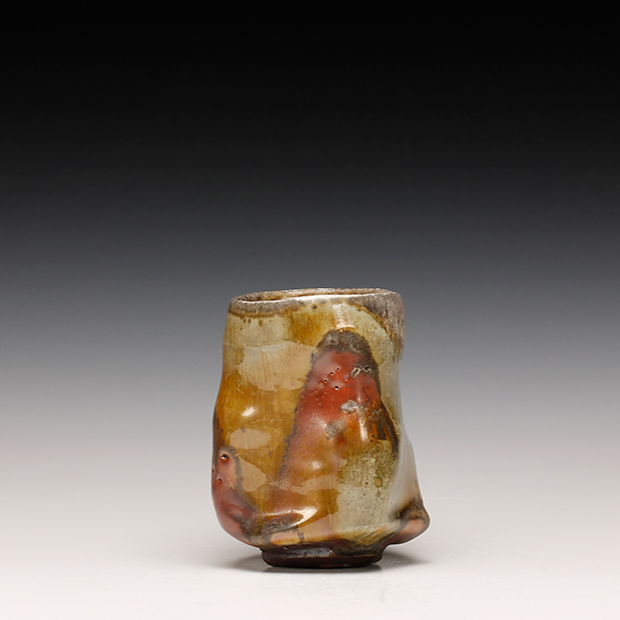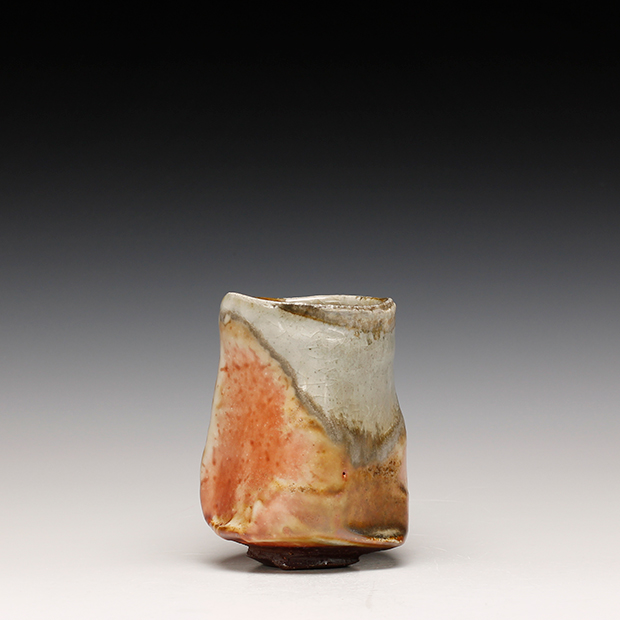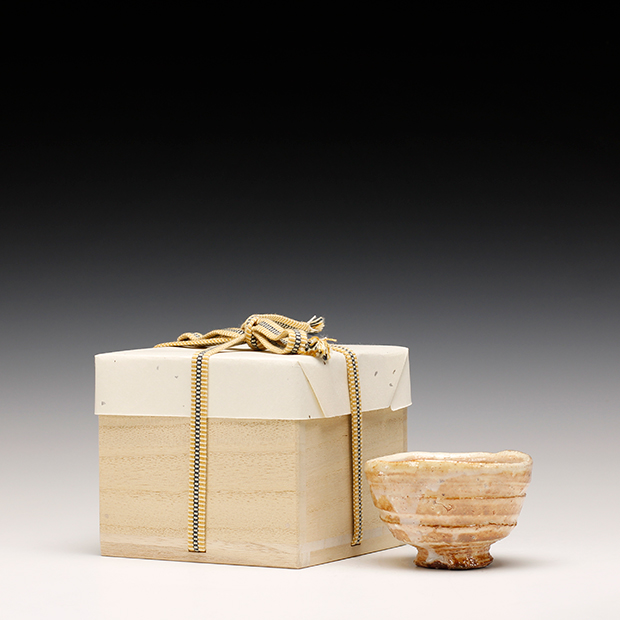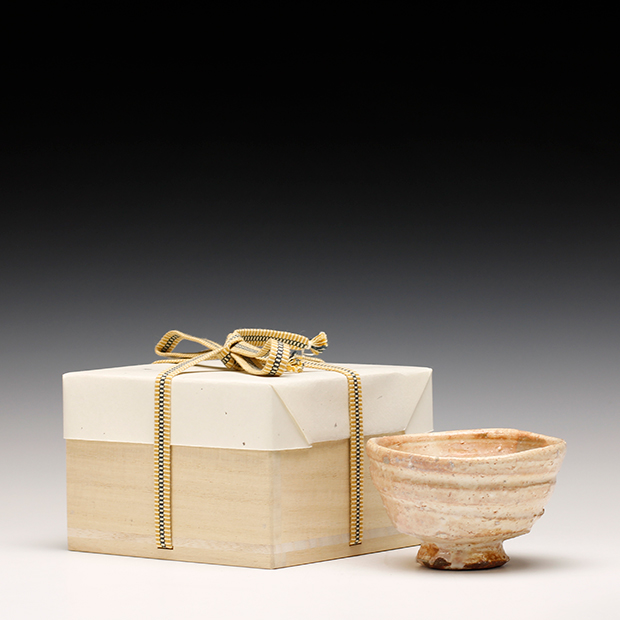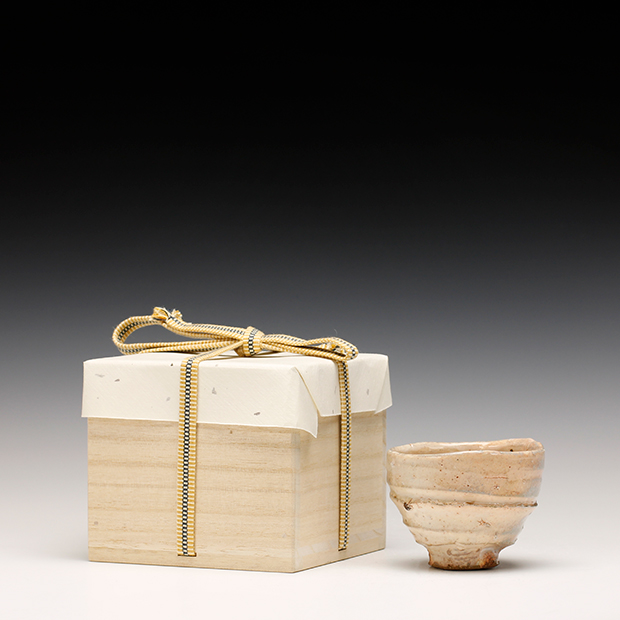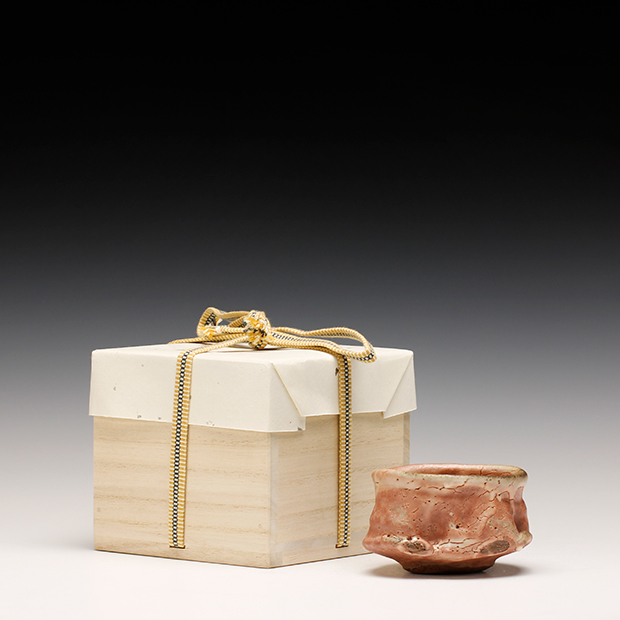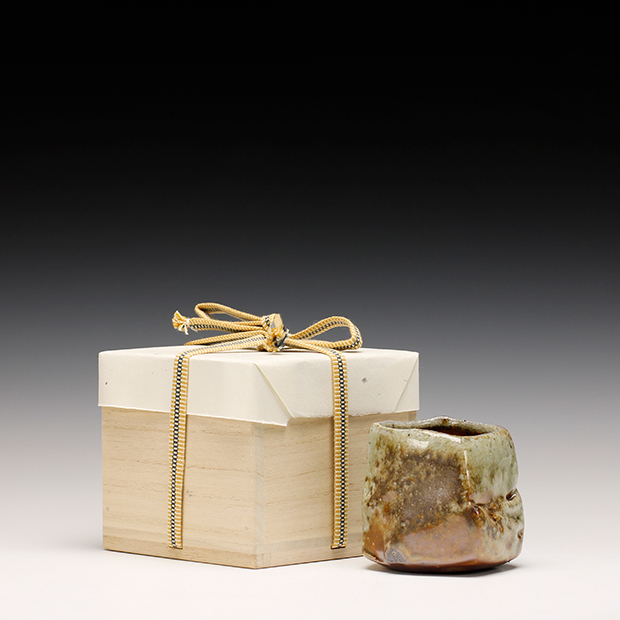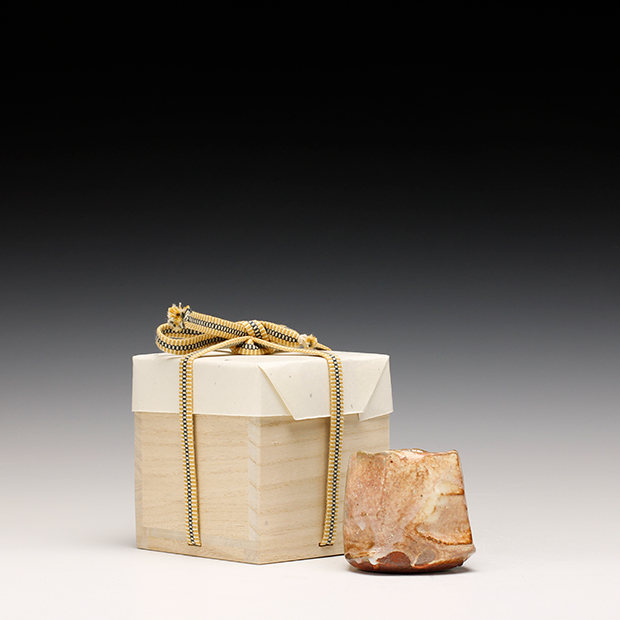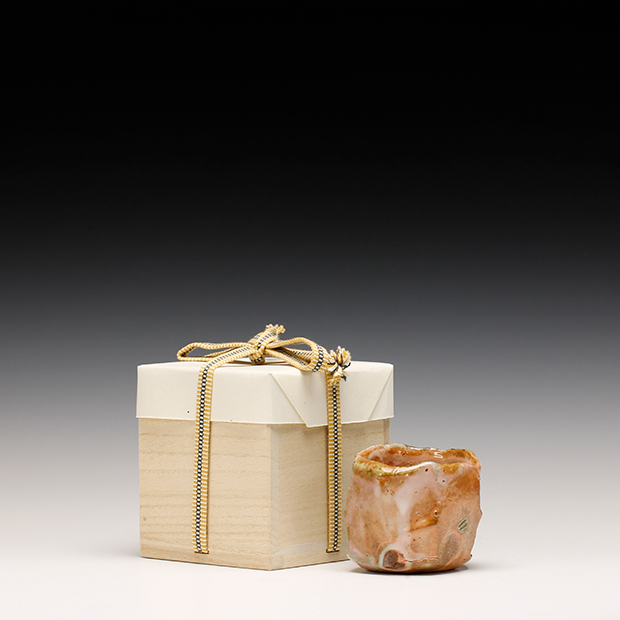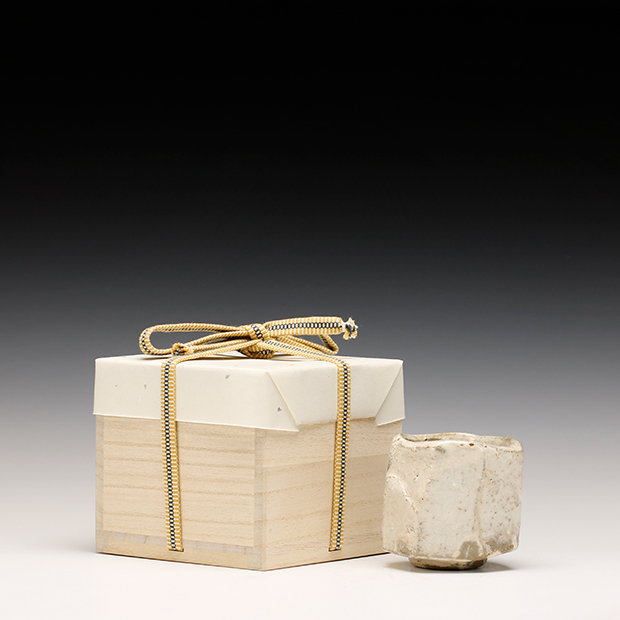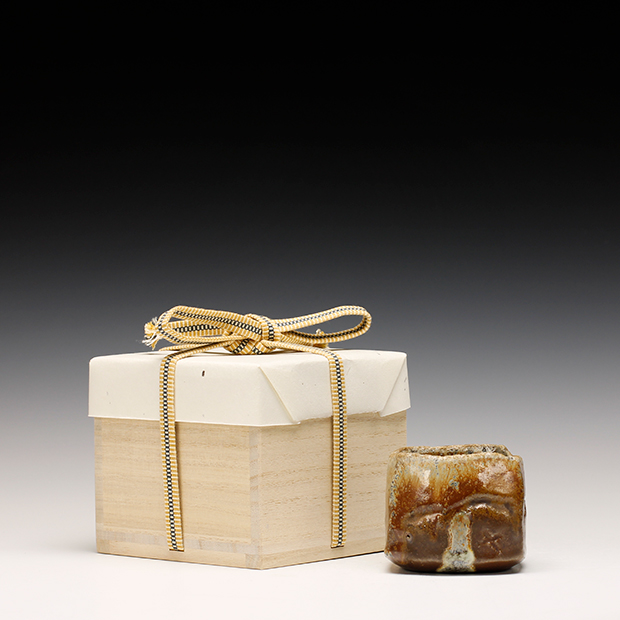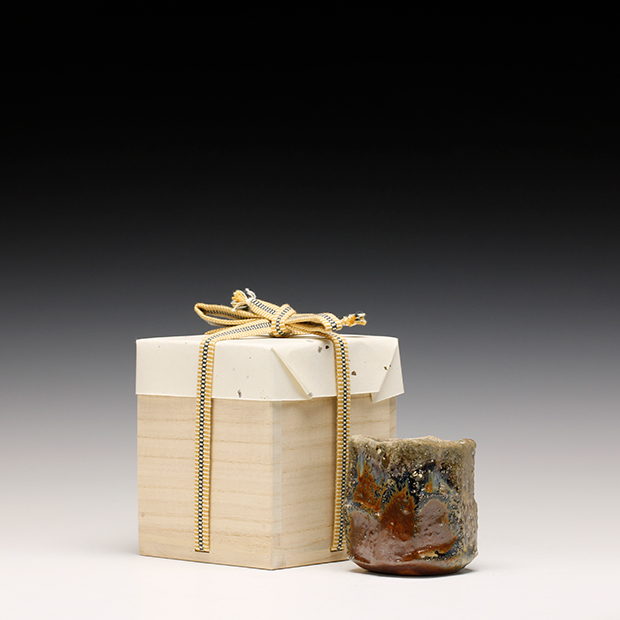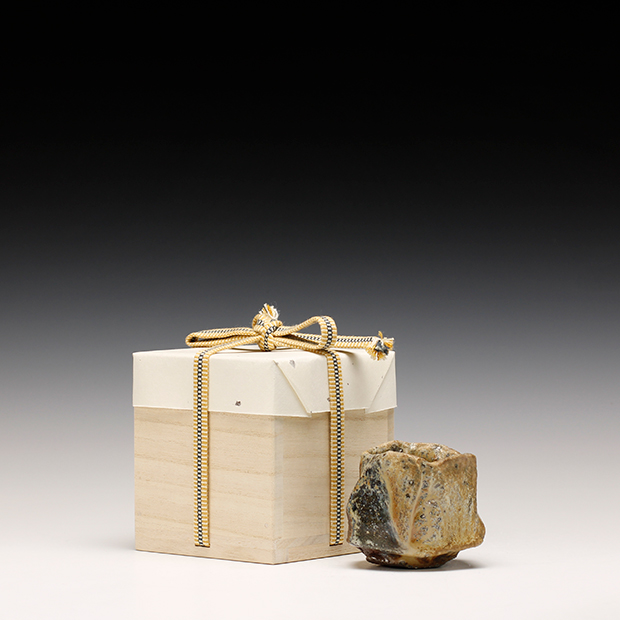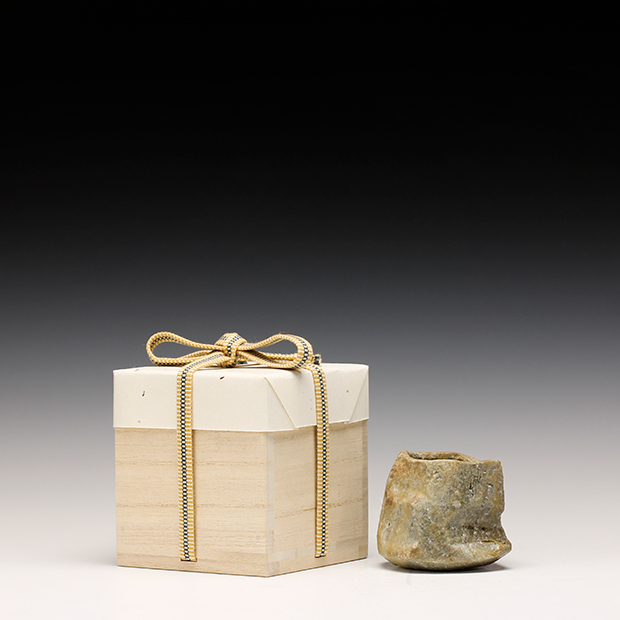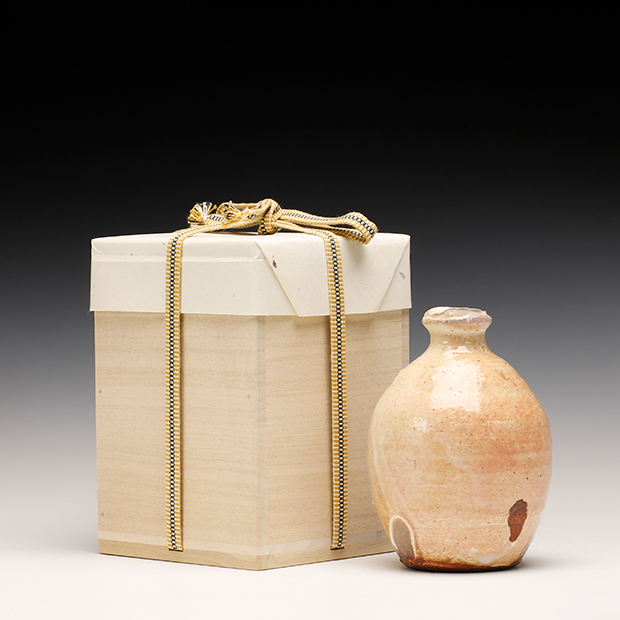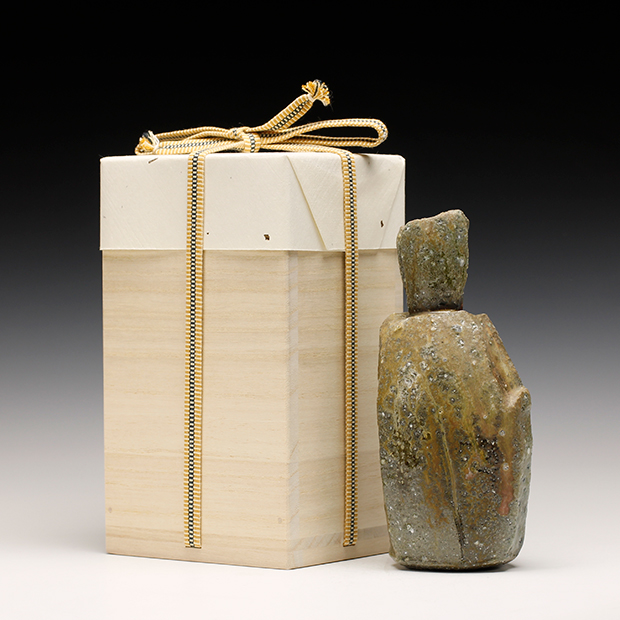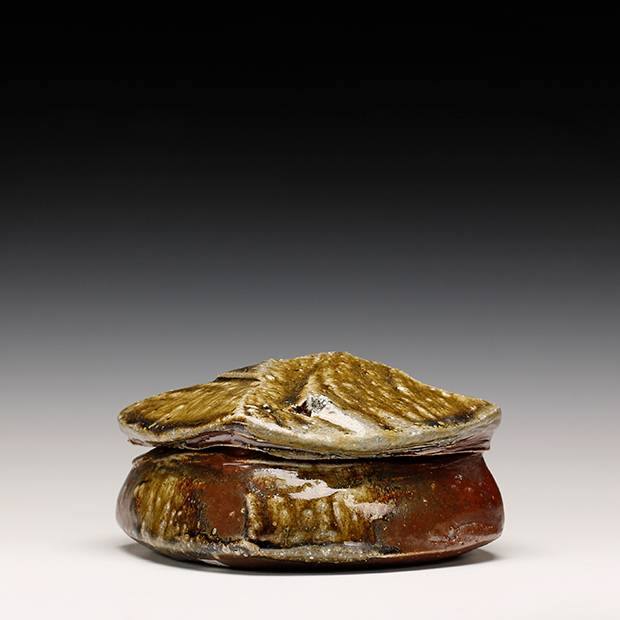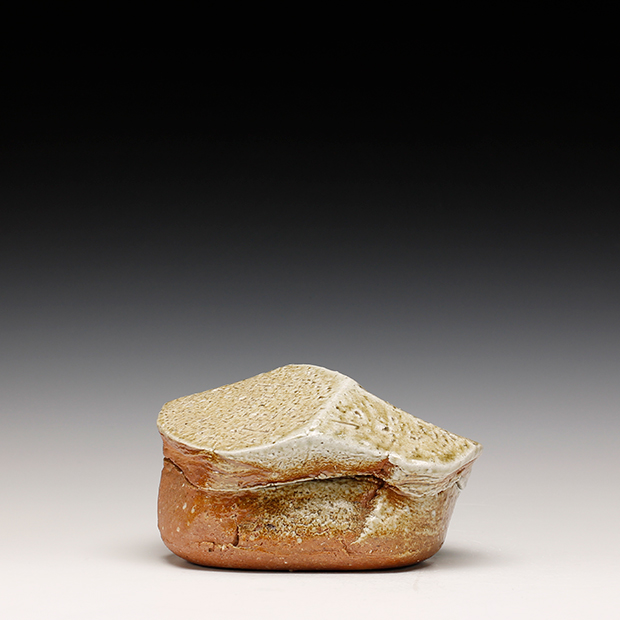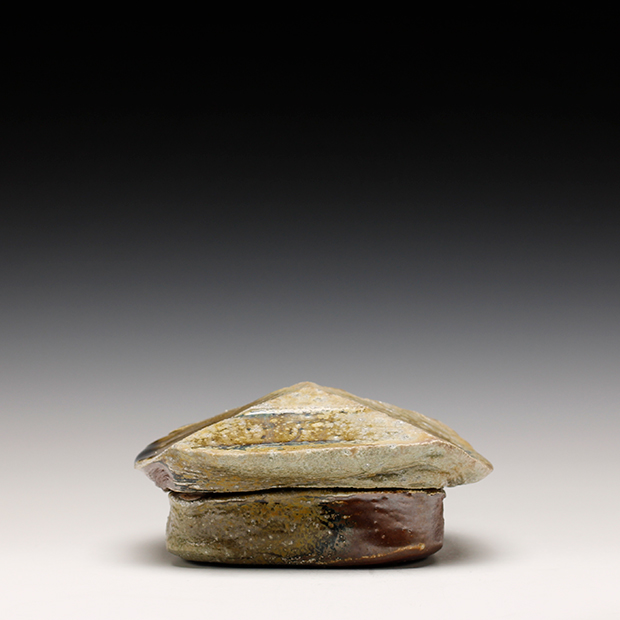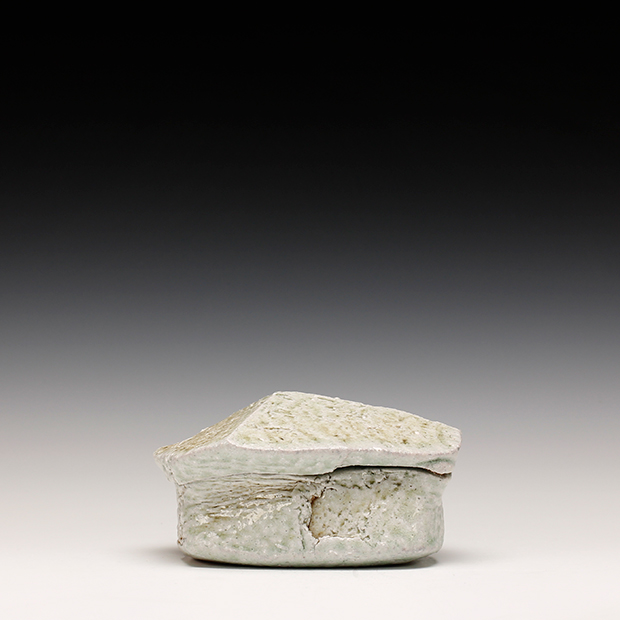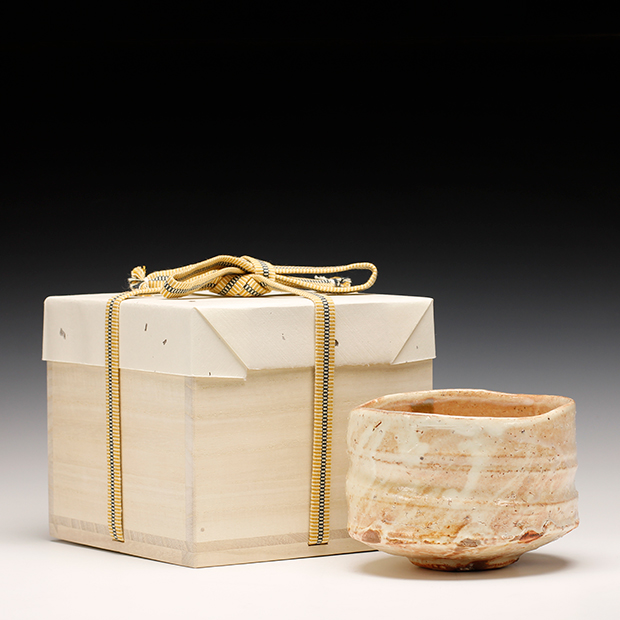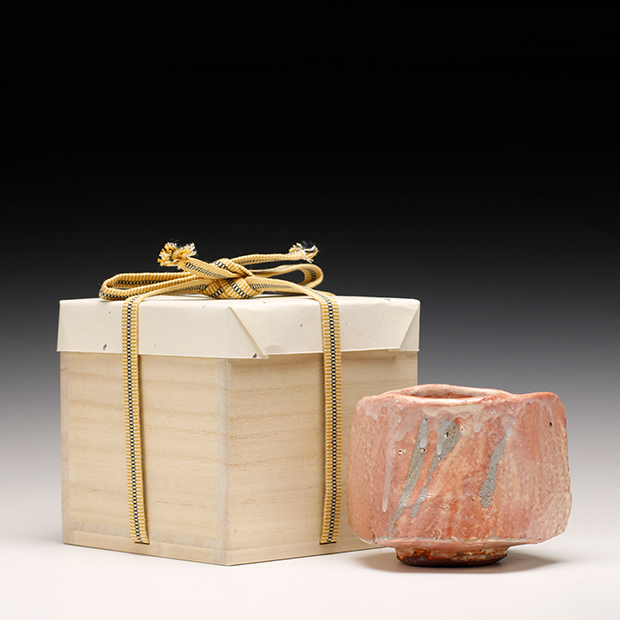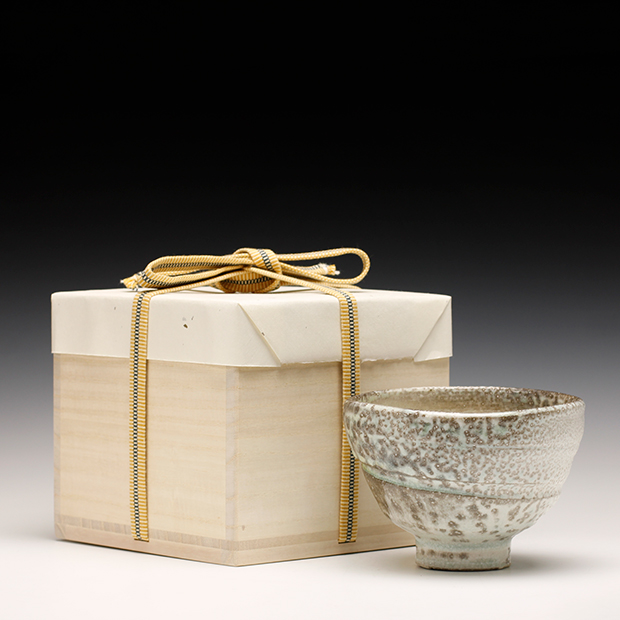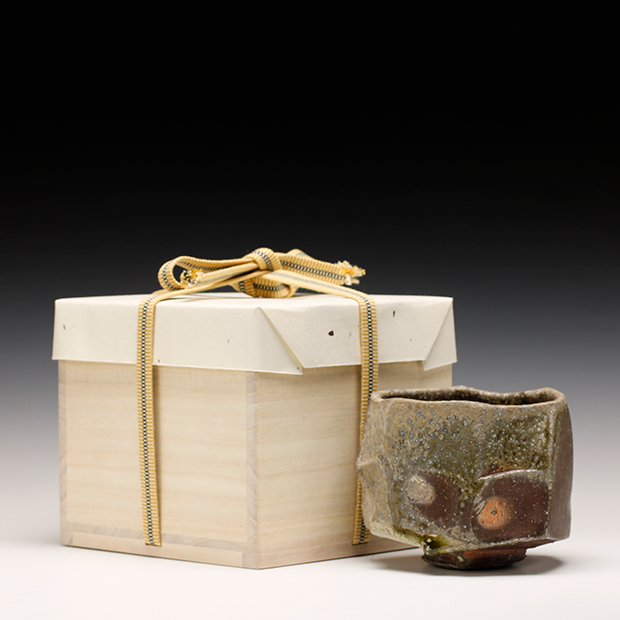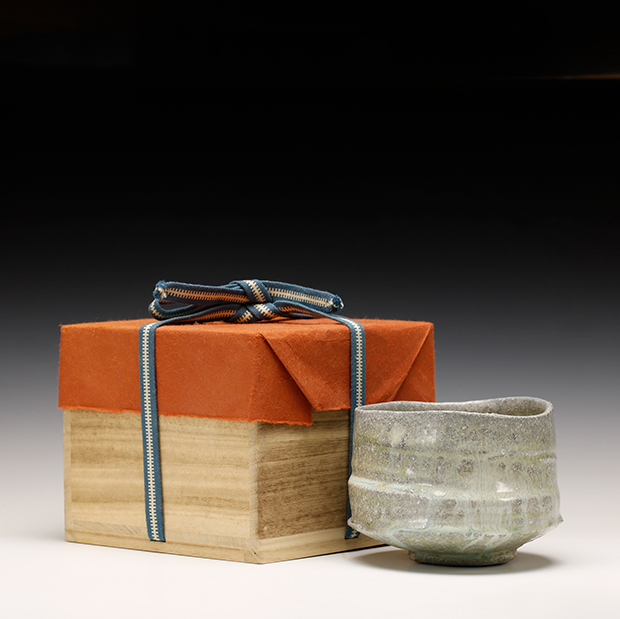Threads: Japan-Michigan
Focus by John Dix
Statement
This show marks the first time John has shown forms that are inspired by the Hagi pottery style, which he is calling Hagi-esque. The term Hagi refers to both a town in Honshu and the type of pottery produced there. Hagi-yaki or Hagi-ware is typically glazed ware fired for a shorter period of time. John's states that his Hagi-esque wares do not intend to copy hagi-yaki ware, but rather serve as an exploration of feldspathic bases glazes that can be once-fired. These wares are then fired in a small wood kiln for approximately 48 hours instead of John's typical six day firings. This shorter firing cycle limits the amount of ash buildup on the surface of the wares, producing soft glossy glazes with controlled ash deposits. Through many experiments, and many failures, John states "the best pieces, or at least the ones I was most fascinated with, look remarkably like Hagi. They are really just about a search for a simple glaze to layer over unrefined clay. I hope the viewer finds them as intriguing as I do."
While most of the work in this show was created in Japan, some work, specifically the tea bowls and tokkuri, were fired during recent workshops in Mendicino, California and at the Okidoki Studio in New York. John has thoughtfully selected pieces from his recent firings to produce a body of work that reflects his Japanese and American duality. The selected works reflect the multiple firing methods John employs regularly in his work, including six-day anagama firings, two-day firings for his newly created Hagi-esque wares and Shino-type glazes, and most-recently, wood-soda firings in the States. John also employs various construction techniques, including wheel throwing and Kuri-nuki style hand-building. Specifically, hIs Kaya-buki pieces, sake ware, and tea ware serve as an example of the Kuri-nuki construction technique. Schaller Gallery is thrilled to present this new body of work by John Dix, who creates a connection between Japan and his home state of Michigan.
In 1995, the day before the Kobe Earthquake, John met David Jack and Sachiko Matsunaga in the ancient pottery region of Japan called Tamba. David and Sachiko were starting a rural studies foundation, and with their support, John was able to build an anagama kiln. The place has developed into Fieldwork Japan, which has ceramic facilities for people to experience rural Japan through pottery. While John works as an independent potter, he also encourages people from all walks of life to join him at Fieldwork.
Loading the kiln with glazed and unglazed pots takes 5 days. Over the course of the one-week firings, copious amounts of ash are produced, giving each piece its own unique character. John describes this process in the following words: "It is physically and mentally draining. Years and years went by before I even started to understand what was happening in the kiln." While he still occasionally defers to the gods of chance, he recognizes he has succeeded in wresting control of the process and mastering all aspects of his firing.
John has spent the last 35 of his 40 year career in clay primarily in Japan. This has led to works that show a strong Japanese influence but still retain elements of his early training in the West. He regularly exhibits at galleries and department stores in Tokyo, Kansai (Osaka/Kyoto/Kobe) and also in the U.S.
